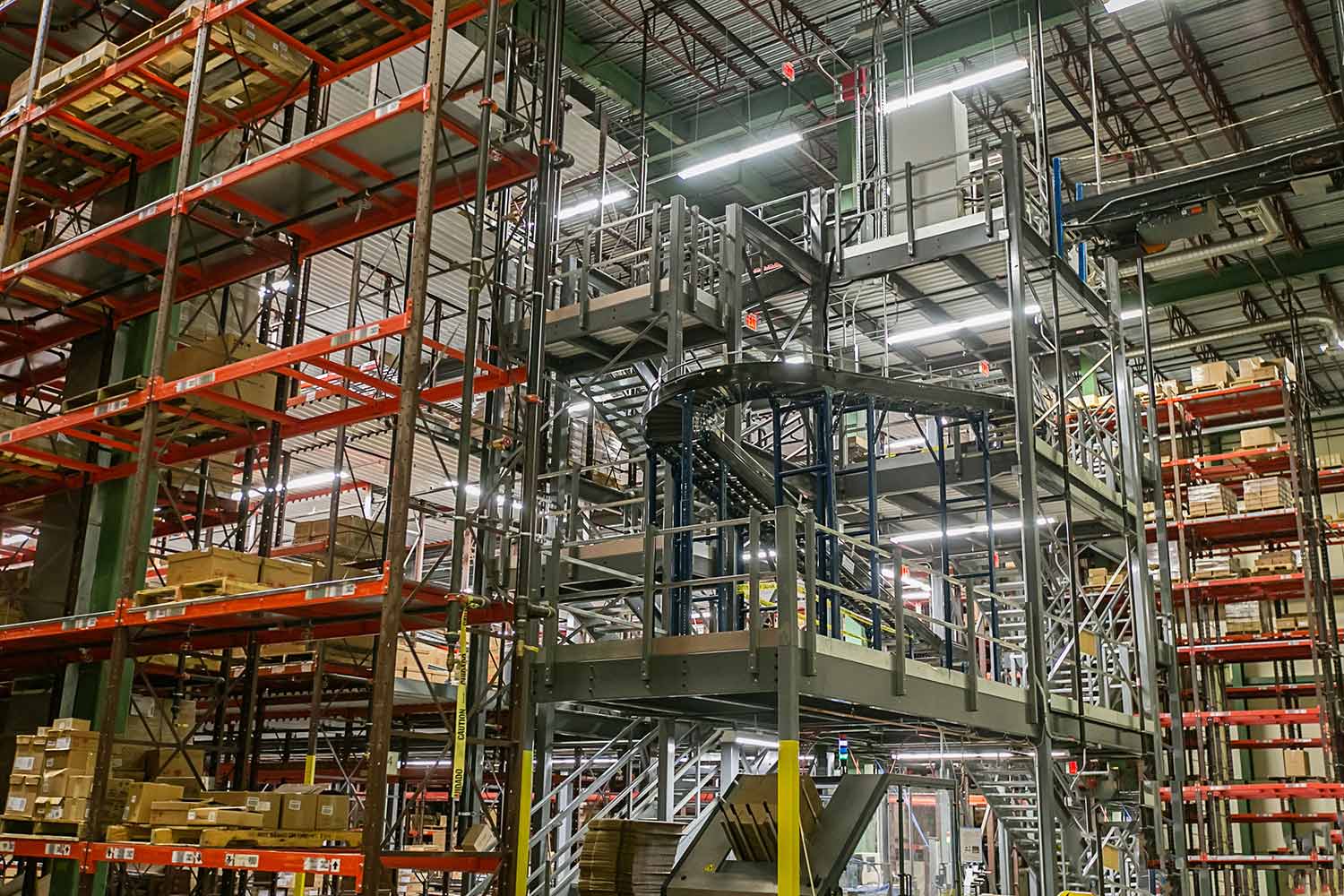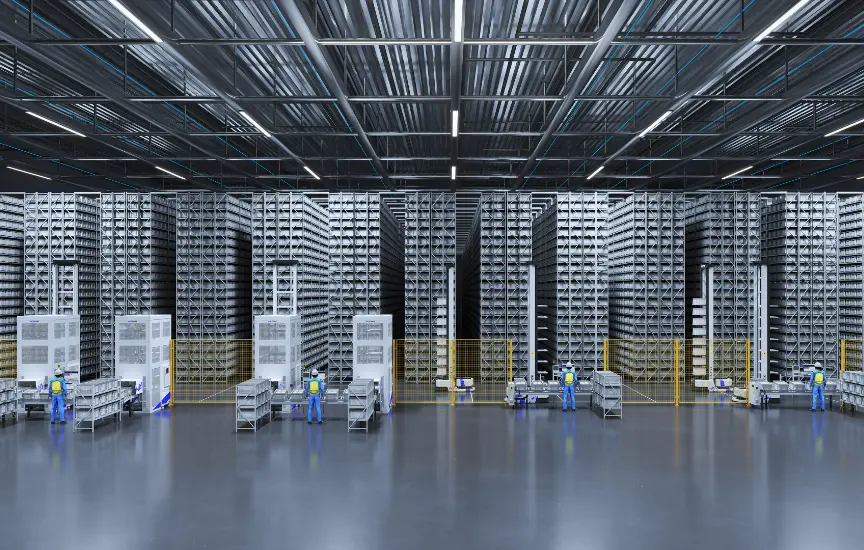
February 8th, 2023
3 min readThe Effects of Auto-ID Technology on the Supply Chain
Save time and Improve Efficiencies over Manual Scanning with Auto-ID Technology
Auto-ID technology – also known as automatic identification and data capture (AIDC) – can save time, increase efficiencies, and generate a significant return on investment. But just what is this highly useful technology, and how can a facility implement it?
Simply put, auto-ID devices automatically capture from various SKUs – through barcodes, RFID, magnetic strips, biometrics, or through other means – without human intervention. As such, warehouses and distribution centers are able, when the tech is used in tandem with a robust software setup, to track all assets throughout the facility in real time. Auto-ID components usually include a data encoder, a label or tag for the encoded data, a reader or scanner to locate and identify the data, and a data decoder to translate the encoded data back into useful information. Of course, all of these components work together automatically and in the blink of an eye.
Typically, without auto-ID, such real-time data tracking requires manual entry of barcodes, a time-consuming process prone to mistakes due to fatigue or other causes. And, due the extra time required for manual entry, labor costs tend to increase.
The Nuts and Bolts of Auto-ID Technology
So what technology runs auto-ID technology, and how exactly does it work? Typically, radio-frequency identification (RFID) powers auto-ID by using electromagnetic fields to automatically detect and isolate tags on items. Some auto-ID tech solutions use a real-time location system supported by Bluetooth or another wireless technology.
Either way, as the auto-ID identifies an item, it instantly pulls up all pertinent stored data, such as its part or production number, where it needs to go, and what processes it is part of.
Realizing the Benefits of Auto-ID Technology
As more and more operations employ machine learning, artificial intelligence, and big data as part of their software-based solutions, increasingly more operations will be able to implement and benefit from auto-ID technology.
And, as stated earlier, auto-ID benefits include time savings, increased efficiencies, and a substantial return on investment. What’s more, auto-ID can create process optimization through the gathering of big data, leading to the exposure and correction of bottlenecks and inefficient procedures.
Eventually, say some industrial engineers, auto-ID could eliminate counterfeiting, theft, and product waste.
In the meantime, the technology can be used for creating greater efficiencies in container and empties management, tracking received goods, and for providing real-time data on material handling challenges.
Next Steps: Putting Auto-ID in Place at Your Facility
Implementing auto-ID technology is a rather straightforward process. After evaluating all processes from start to finish, the next phase is to cull the manual processes in order to analyze which would benefit from automation.
Naturally, software requirements vary according to the exact auto-ID technology you are integrating into your operation. Regardless of the solution chosen, however, most auto-ID systems can seamlessly integrate into enterprise resource planning (ERP), warehouse control systems (WCS), and warehouse management systems (WMS).
Our specialists can help you choose the right system to meet your company’s objectives, specifications, budget, and expectations. Let’s talk and take the first step towards improving your operations. Contact an IndPro specialist today to get started.
About IndPro
IndPro Services, a leader in Commercial Systems and U.S. Federal Government procurement, provides successful, efficient, data-driven solutions.
Dedicated to improving efficiency in warehouse and distribution center operations, we work on the same side of the table with you to help you procure the best possible solution for your specific application.
Related Posts

The Human-Robot Partnership Requires an Upskilled Warehouse Workforce
Article
Professional Integration is Crucial for Warehouse Automation & Robotics Implementation
Article